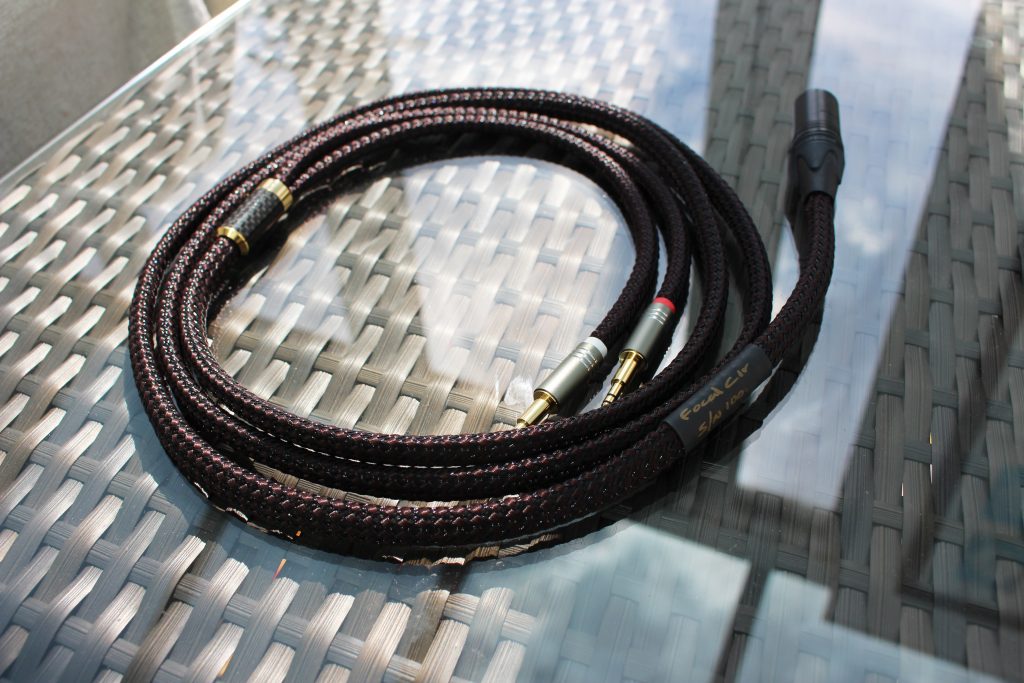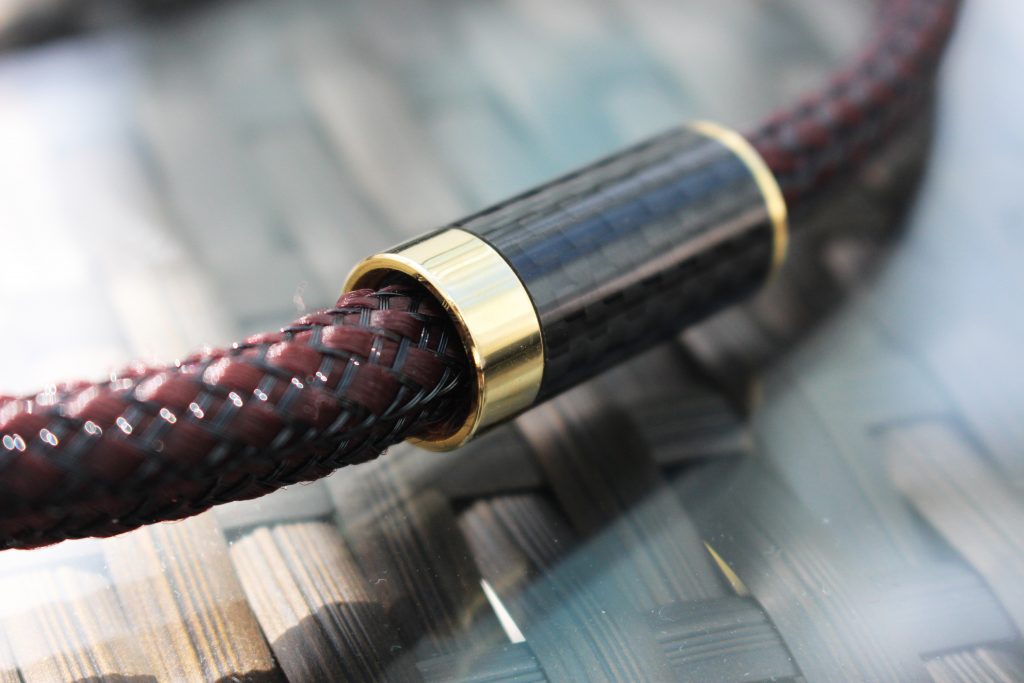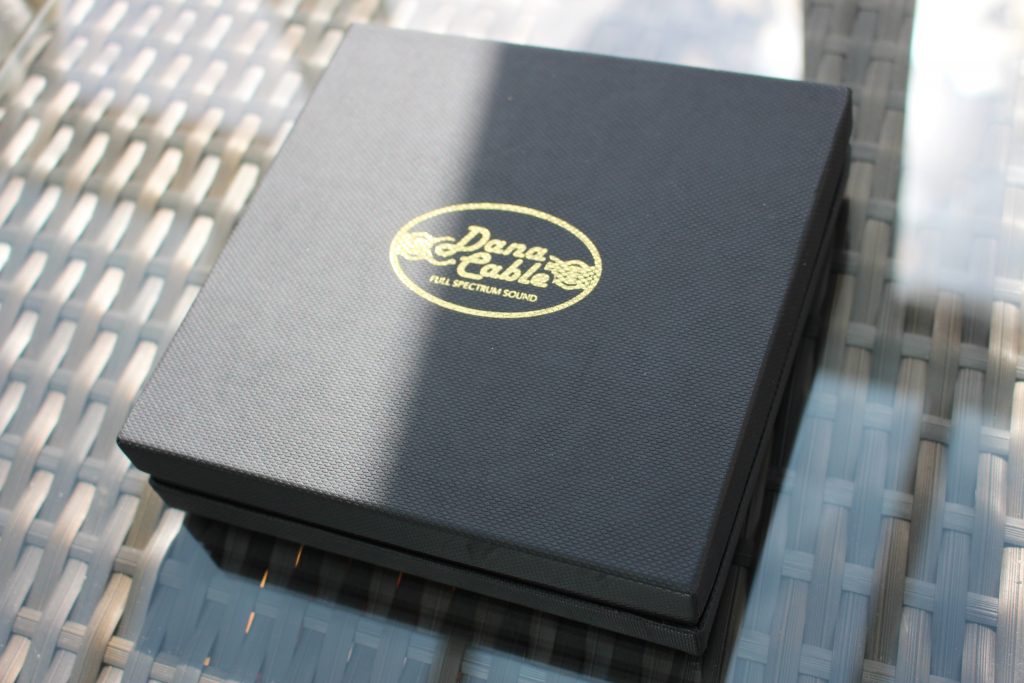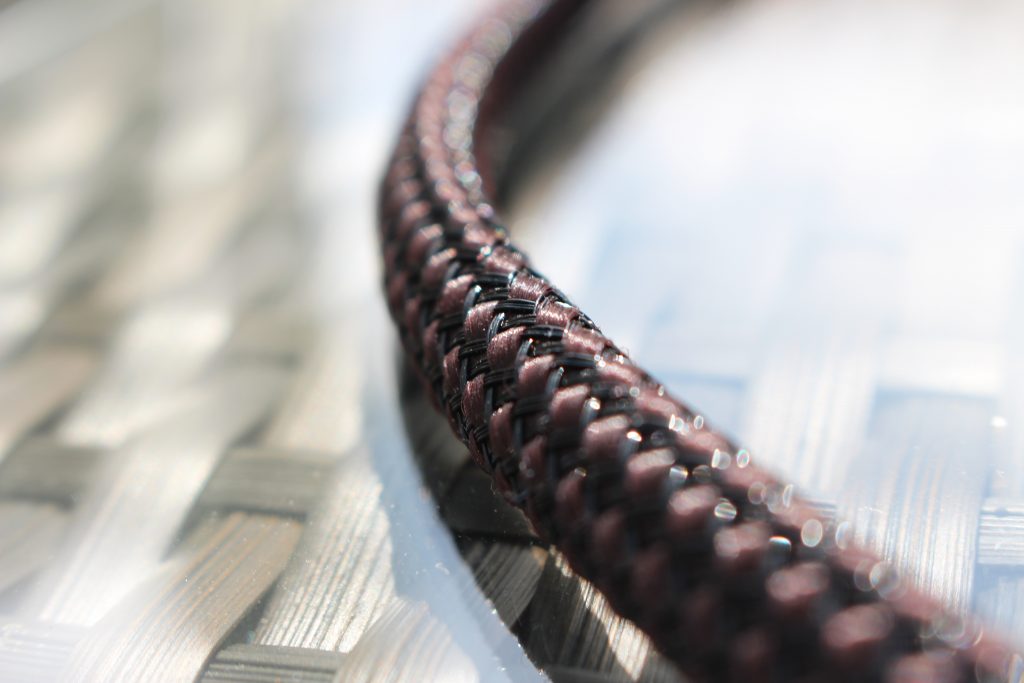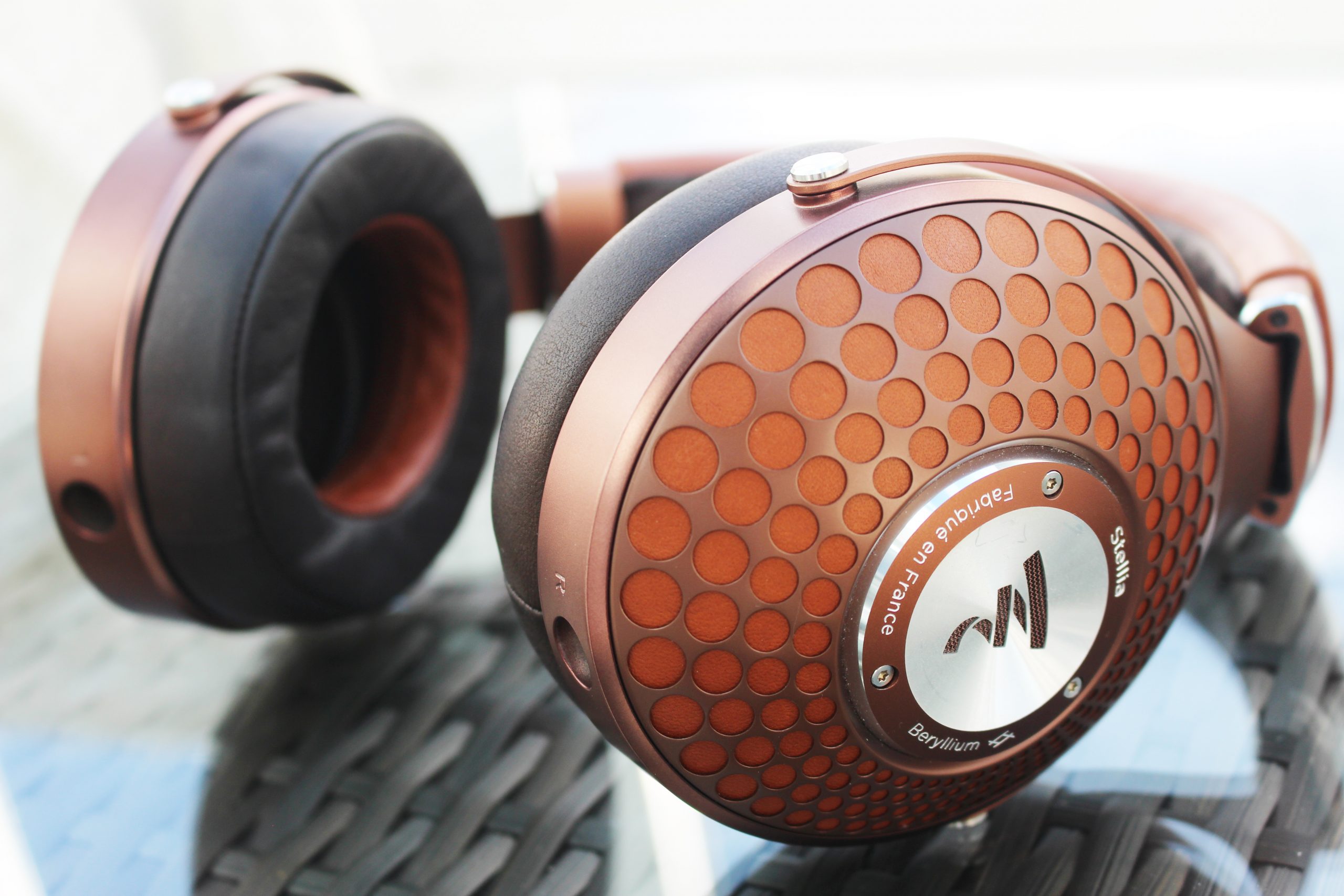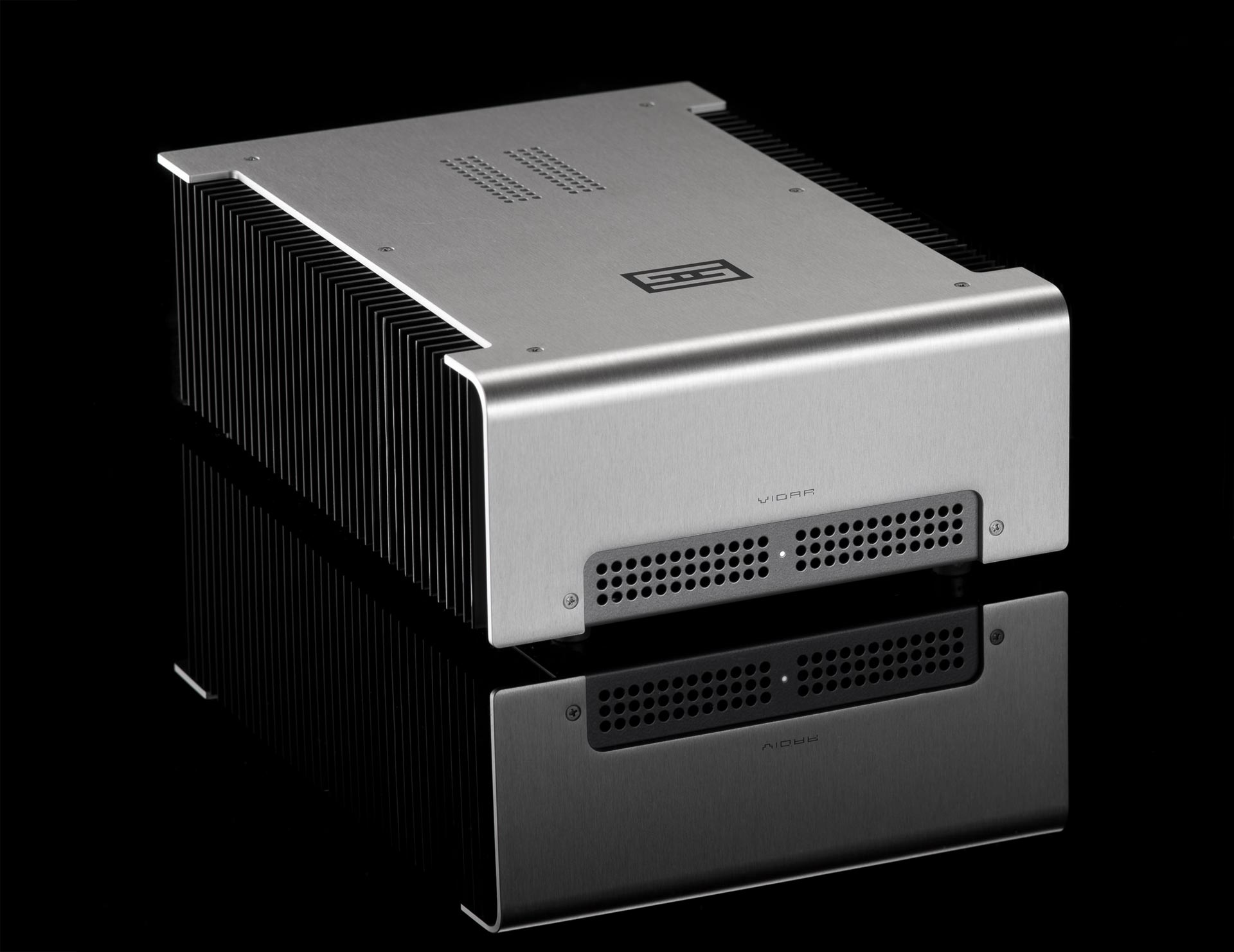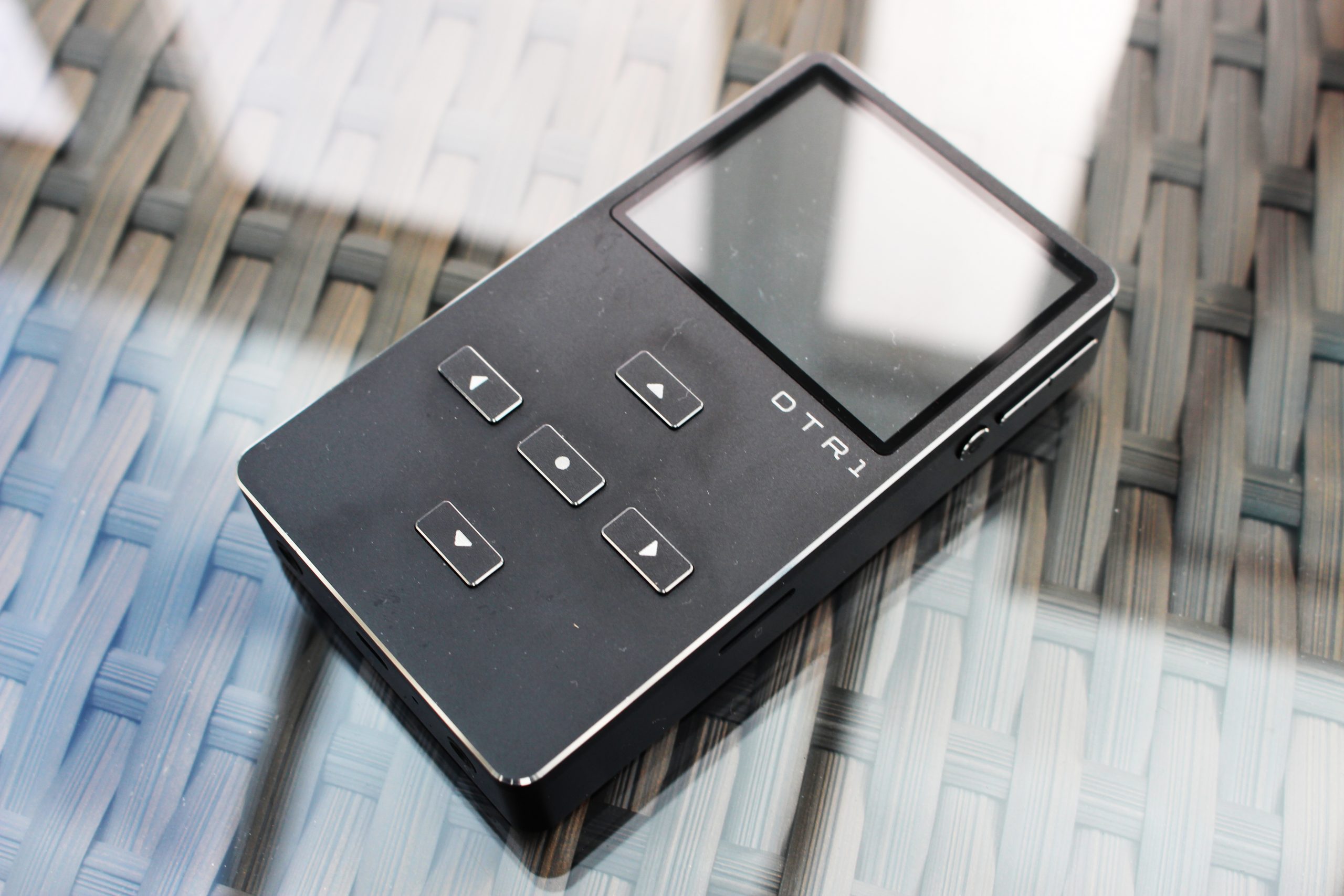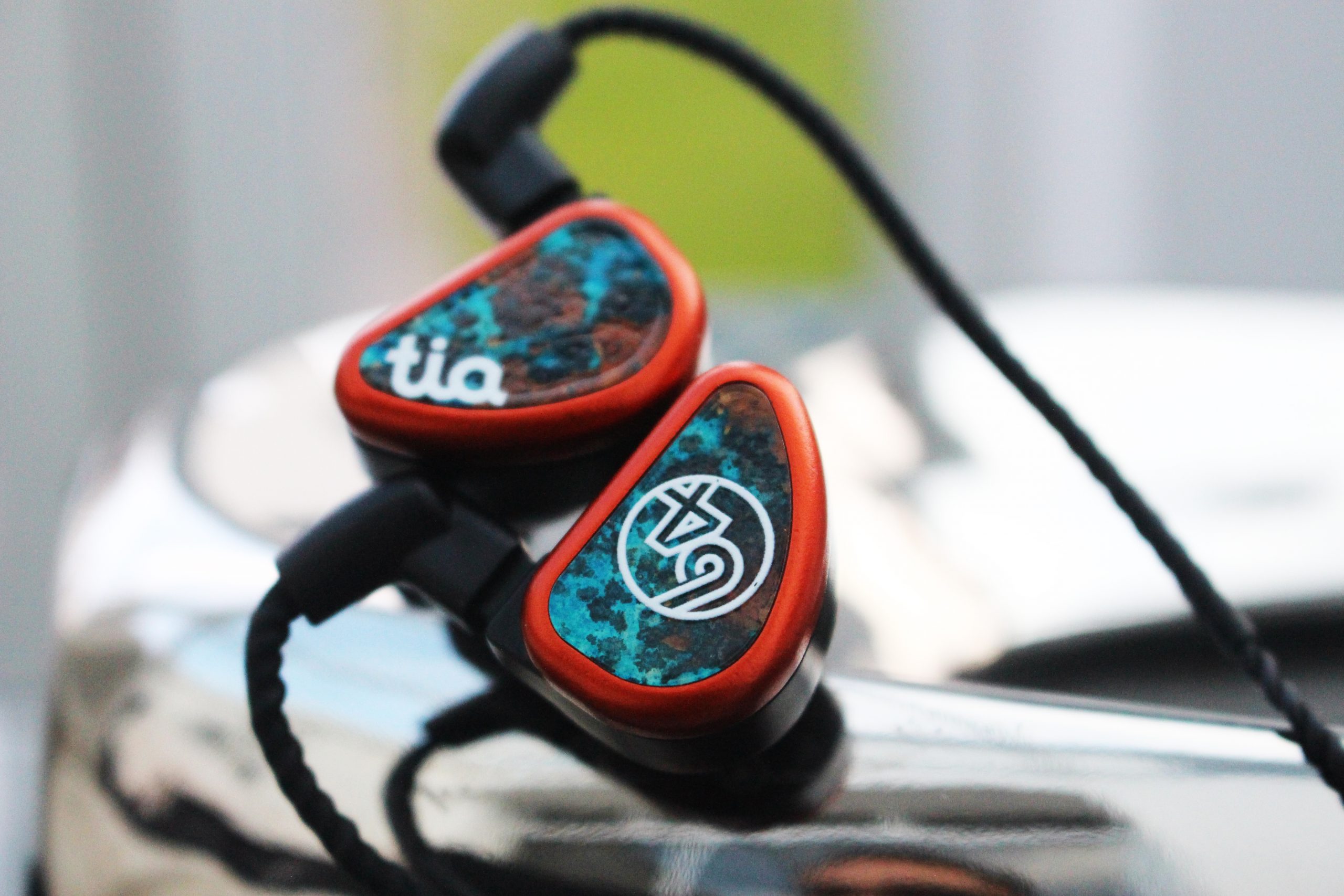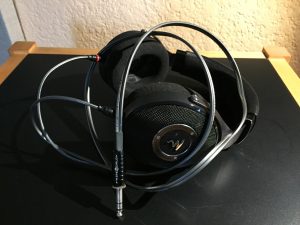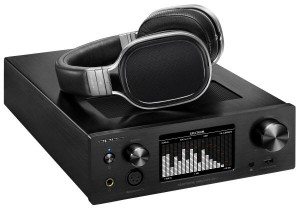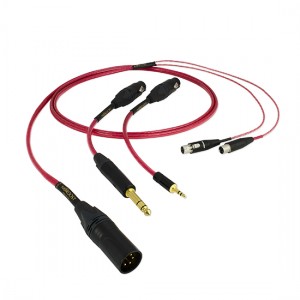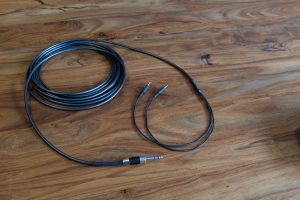Danacables is a relatively new cable company and the brainchild of long-time electrical engineer Dana Robbins. Since retirement, Robbins has used his many years of expertise to produce a selection of finely tuned high-end cables to pair with top performing transducers worldwide. Though skeptics may question the utility of cables and their "improvements," there is widespread consensus that cables do impart different sound characteristics that may or may not align with one's tastes.
While some cable companies explore the use of exotic materials or employ cryogenics to alter carrying signals, Danacables adopts a "back-to-basics" approach to enhance cable quality and transfer. Their philosophy concentrates on extremely low resistance to allow for unadulterated signal flow from amplifier to transducer. This review shall be focusing on the $1099 Lazuli Reference headphone cable that incorporates 1200 strands of oxygen-free cable (OFC) into a neat (but large) brown sheath design.
Geometry
Danacable impresses on three attributes inherent to any cables design—resistance, inductance, and capacitance. An ideal cable would have neither of these attributes. However, in the real world, this is not physically possible as inductance and capacitance are influenced by rates of change of current and voltage. Resistance, however, remains at a fixed level. With this in mind, the Lazuli Reference cable incorporates >1200 strands of woven OFC to reduce resistance to negligible levels while patent-pending techniques also curb inductance and capacitance to a minimum. This approach claims to "get out of the way" and allow transducers (amplifiers and speakers) to do their job as intended.
Design
Aesthetics
The Lazuli Reference is serpent-like in appearance with its intricately woven exterior brown sheathing material. The darker color goes well with silver / metallic headphones, and the contrast between the lighter and darker brown woven material exudes a luxurious appeal.
Overall, it is larger than standard cable designs to accommodate for the large amount of individual strands. Both the Y-split connector and end-termination are high quality, and reportedly take a lengthy amount of time fitting the strands of cable through. Users have the option for adding a Furutech connector for an extra $100. Terminations come in three options: ¼ inch, 4 pin-XLR, or double 3-pin XLR connections.
Handling
Owing to the larger size of the cable, there is some added weight that comes with the Lazuli Reference. However, this becomes a non-issue if extra slack from the cable is supported by a desk or perhaps on your lap.
The cable feels very nice to the touch, and although there is no memory retention, the cable does not tangle.
Packaging & Accessories
The cables come in an unassuming black box which bears the Danacable company logo. Also included is a certificate of authenticity and business card. It would have been nice to have included a pouch especially for such an expensive product.
Performance
For the purposes of this review, these cables were paired with the HiFiMAN HE-1000SE headphones.
Immediately on first listen, the Dana Lazuli Reference cable offers a revelatory experience. The first thing noticed is the grand sense of staging and presence. Next, the fantastic timbre and low-midrange warmth stands out. Compared to the stock cable, there is a sense of musicality and emotion that is heightened. It is not often that cables render such an improvement over stock, and the Lazuli Reference does not disappoint. Notes present with heft and weight and rather than a faux-sharp representation of leading-edge transients, the Reference really allows music to ebb and flow. There is a real sense of organic tone with these cables, which make the stock cable feel more edgy and less refined in comparison. Overall, the sound feels accomplished.
At the lower frequencies of the spectrum, the Lazuli Reference delves deep with weight, depth, and authority. There is a woofer-like impact that aids track immersion and dynamism. Decay is spectacular with the low-end showing incredibly balance between articulacy and authority.
The midrange continues this grand sense of scale and note weight making everything sound compelling, fluid, and addictive. While the stock cable introduced some grain and edge, the Lazuli Reference tactfully avoids this by presenting the midrange with finesse and musicality. Details are preserved and tracks are just allowed to flow. While the original stock cable made the HE1000SE sound a shade clinical, the Lazuli Reference crafts musicality, fluidity, and detail breathing new life into this top-end planar.
Treble is smooth, linear, and detailed. There is some element of sweetness, which makes lower treble sound extensive and resolute without an artificially added bump in these regions. Cymbal crashes sound very realistic, and there is great amount of instrument separation, likely owing to the pitch-black background created by the Lazuli Reference cable. There is great harmony to the top-end, in conjunction with the rest of the frequency spectrum.
In many ways, the Lazuli Reference does the seemingly impossible. It capably works warmth into the upper bass and lower midrange regions without constraining the overall soundstage or perturbing the clarity of vocals. The midrange captures all necessary details without making notes sound lean or bright. The treble region is extensive without accentuating leading edge transients or sharpness. Overall, the changes from the stock cable were not subtle—and it certainly offered a change in the right direction.
Comparators
The Double Helix Prion 4 cable represents their flagship product, which retails for a staggering $1799. Both the Prion 4 and Lazuli Reference represent some of the finest cables I have the had the chance of listening to. Ironically, I would deem the Prion 4 as more "reference" sounding than the Lazuli Reference with its focus on resolution, transparency, and clarity while maintaining a fluid sound. The Lazuli Reference, on the other hand, while boasting great amounts of resolve and transparency, has more of a musical tilt with its full-bodied sound that just allows music to flow more with emphasis on macro-dynamism.
The Master Silver cable by Lavricables represents an aftermarket cable employing the use of silver for better levels of detail. While this cable offers decent amounts of detail and resolve, the overall dynamics are eclipsed by both the Prion 4 and Lazuli Reference cables. Soundstage and sense of air is also favored the by latter two high-end cables.
Conclusion
The Lazuli Reference represents all things great from an aftermarket cable. Build quality, durability, aesthetics, and sound are all top-notch, and the 30-day returns is just icing on the cake. For cable skeptics, it is worth auditioning these, especially as it is a risk-free approach for comparing against stock collections. Dana Robbins and Co have proven the utility of the back-to-basic approach by stripping cable design to the core elements, and improving upon each. The result being a more accomplished sound which achieves a "sweet spot" in the listening experience. Part of the hallmark of any audio equipment is the ability to lose oneself in the music and forget critically analyzing it. The Lazuli Reference achieves this where just one more track becomes much more. For these reasons, this cable is highly recommended for those not just wanting to tease out, but rather crown their flagship transducer.
Lazuli Reference Headphone Cable
Retail: $1099
Danacable




